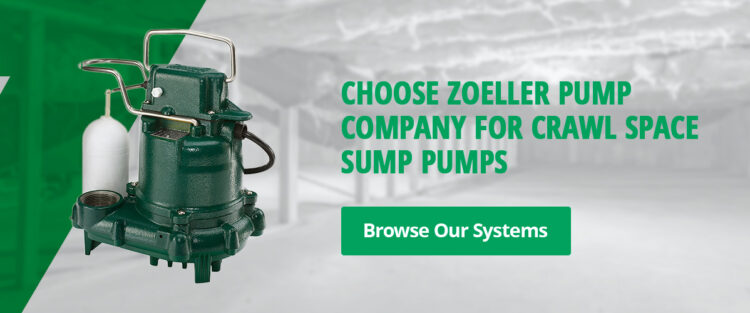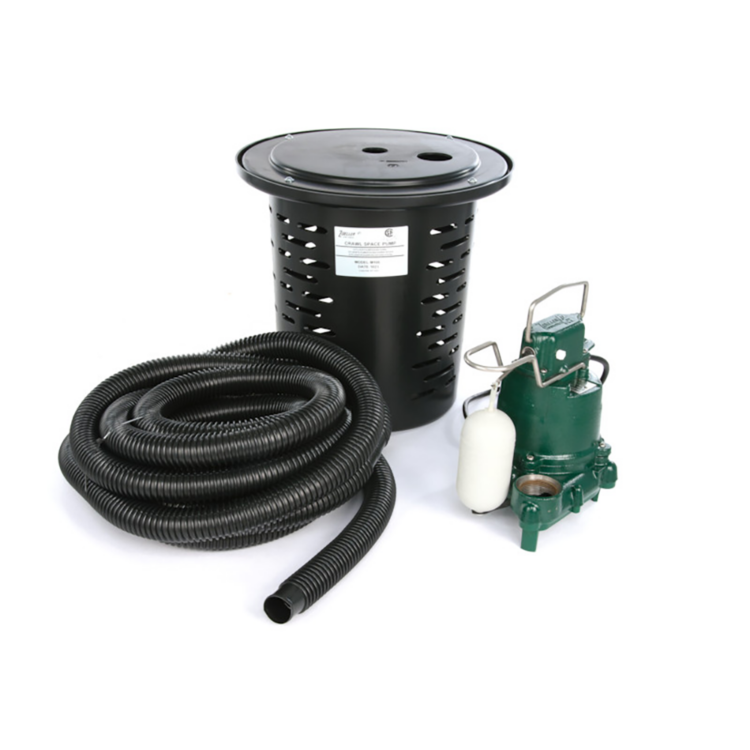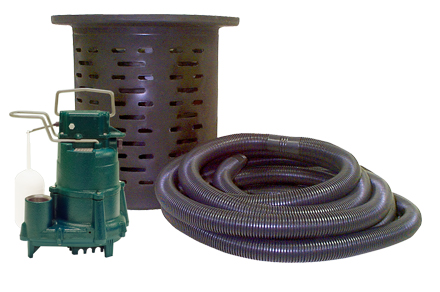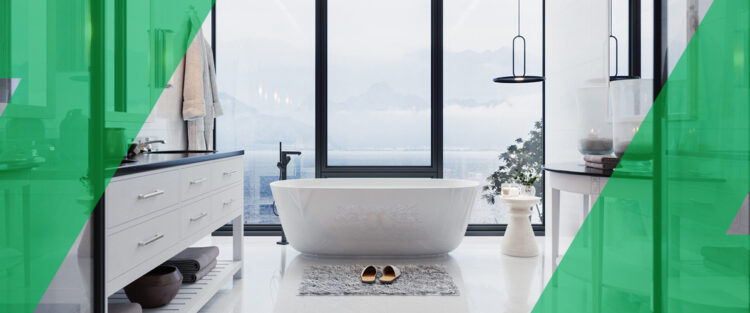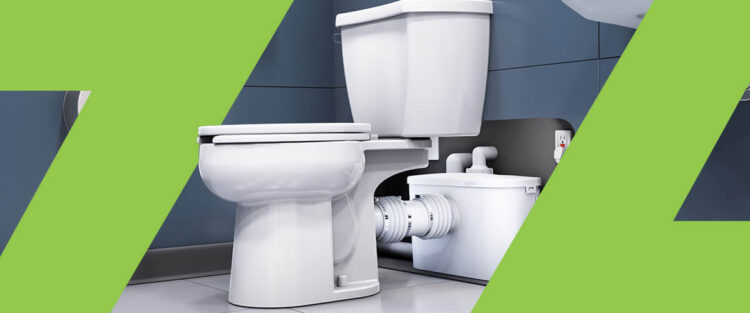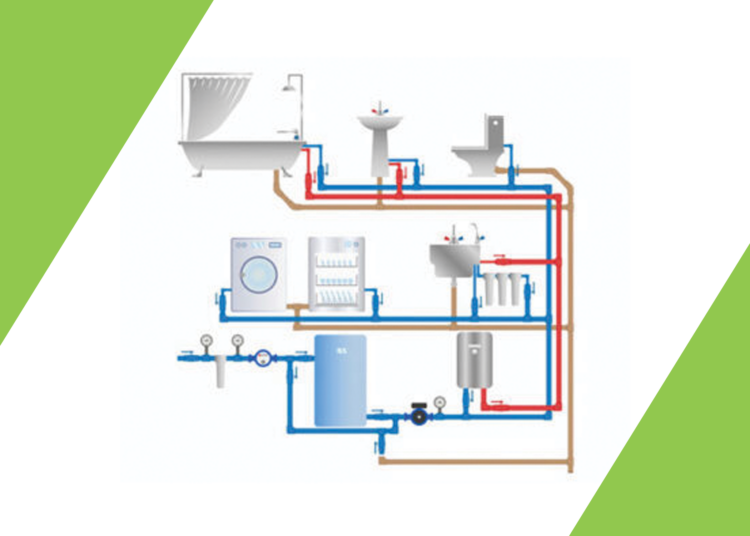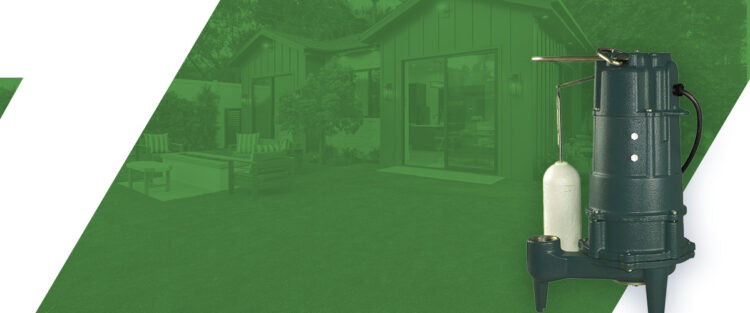Crawl spaces under homes or businesses are vulnerable to standing water, which can damage a structure and reduce its resale value. While there are several ways to complete crawl space dewatering, sump pumps are often chosen because they are low-maintenance and can handle substantial water.
Installing a sump pump in a crawl space can be challenging because of light and space constraints. However, with the right equipment and a strategic plan, you can install this powerful dewatering equipment in the smallest of crawl spaces and fix a water pooling issue quickly.
Signs a Crawl Space Needs a Sump Pump
If you’re unsure whether a crawl space needs a sump pump, look for these signs:
- Large amounts of standing water
- A high water table in the area
- Heavy seasonal rains
The faster you address standing water under a building, the less damage it will cause. In many cases, a sump pump is the best option for dealing with standing water in a crawl space. It can help you relocate standing water quickly, protecting a home or business from damage regardless of the weather.
Other Options for Dealing With Standing Water
Because sump pumps require digging and equipment, some homeowners try other methods for handling pooled water first. Popular choices include:
- Encapsulating the crawl space.
- Adding a dehumidifier.
- Improving surrounding drainage.
While these methods can help reduce standing water, they’re not always effective on their own. Putting a sump pump and French drains into a crawl space works well because it treats water rising from the ground up.
If you’re in an area with a high water table, encapsulating a crawl space likely won’t stop water from pooling underneath a building. It will rise under the waterproofing material, find a crack and seep through until it’s puddled on top. Then, you’ll have mold and structural issues.
Although dehumidifiers can reduce moisture, they’re not equipped to handle large amounts of standing water. They also require significant maintenance, so using them in a crawl space can be frustrating. And while drainage can help direct water away from underneath a building, a drain doesn’t have the capacity to pump large amounts of water out.
Although putting in a sump pump requires digging and some specialized equipment, it’s well worth the investment. Compared to other methods for handling pooled water, sump pumps are the most thorough and reliable approach.
Types of Sump Pumps
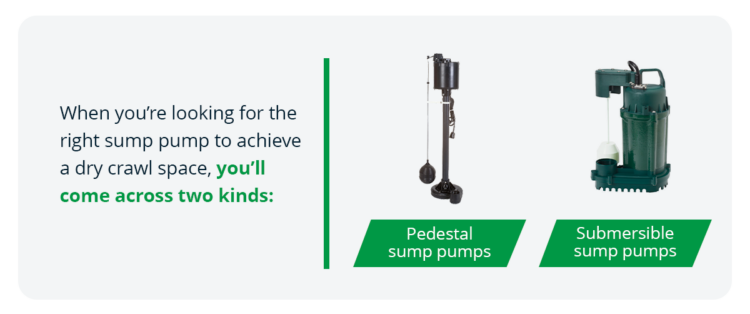
When you’re looking for the right sump pump to achieve a dry crawl space, you’ll come across two kinds:
- Pedestal sump pumps
- Submersible sump pumps
When it comes to tight spaces, submersible sump pumps are a better fit. They go inside a basin, placed in a hole in the ground near a power source in the crawl space. French drains channel water into the basin, and the pump moves it out from under the home through an attached pipe.
The right size and pump power depends on your project. If you’re servicing a large area or dealing with a lot of standing water, you’ll need a larger basin and a more powerful pump. However, smaller basins are effective for many homes.
Benefits of Installing a Sump Pump
Avoiding water damage is the main benefit of installing a sump pump. If left to sit, standing water in a crawl space can cause numerous problems for a building, including:
- Mold growth.
- Contaminated indoor air.
- Structural damage.
Sump pumps can quickly remove standing water from under a building and direct it away from the crawl space. The pump will continue to operate on its own after installation, making it easy to deal with variable amounts of rain and groundwater.
Another benefit of using sump pumps is that they’re low-maintenance. Once installed, a sump pump needs to be checked periodically to ensure everything is working. It will quietly work in the background, protecting the home until the pump wears out and needs to be replaced.
Unlike many other methods for handling standing water, sump pumps are versatile. They’ll turn off if the water level is low, then turn on and pump out large amounts of water if it’s high. Although pumps may turn off if you lose power, there are versions with backup power available so the pump can keep working through extreme weather.
How to Install a Sump Pump Into a Crawl Space
Because crawl spaces can be low to the ground, it can be challenging to install a sump pump inside them. Here are several tips and tricks to make installing a sump pump faster and easier:
- Map out the system beforehand. Plan the entire pump flow system before you start digging. Think about where the French drains will go, where the sump pump basin will go, and how the water will flow through the entire system.
- Set the basin correctly. Place the sump pump basin near a power source along the side of the building. That way, you can easily hook up the pump and route the water out from the crawl space.
- Ensure a proper drain slope. Ideally, French drains should slope downward toward the basin. To achieve this, you might have to dig deeper trenches through high areas in the crawl space. Water will always collect in the lowest area.
- Install French drains effectively. When installing French drains, always put gravel underneath, around, and over perforated pipes. The holes in the pipes should always point down so water can seep up from the ground and easily enter the pipes.
- Stay one step ahead. Always think ahead to the next step before completing the one you’re working on. This will prevent you from having to redo any of the work and will speed up the sump pump installation process.
Installing a sump pump in a crawl space is much easier before there’s lots of standing water. Wet soil is heavy and hard to move. It makes installing a sump pump a messier job than usual. However, it’s worth the time and effort to install a sump pump, even if you have to drain and dry the area before you begin.
Choose Zoeller Pump Company for Crawl Space Sump Pumps
Looking for a crawl space system distributor? Zoeller Pump Company has served water industry professionals for over 85 years with high-quality, dependable equipment. We offer two sizes of crawl space systems for contractors, specifically designed to pump water out of tight areas.
Our pump systems include a sump pump, pump basin, and perforated pipe, so you’ll have all the equipment you need to install a drainage system underneath a building. To reduce the need for maintenance, our basin comes with a sturdy lid that keeps large debris out.
At Zoeller Pump, our high-quality dewatering pumps for contractors come from an industry-recognized dewatering pump distributor. Browse our systems today to find the right sump pump system for a crawl space, then locate a distributor near you!
